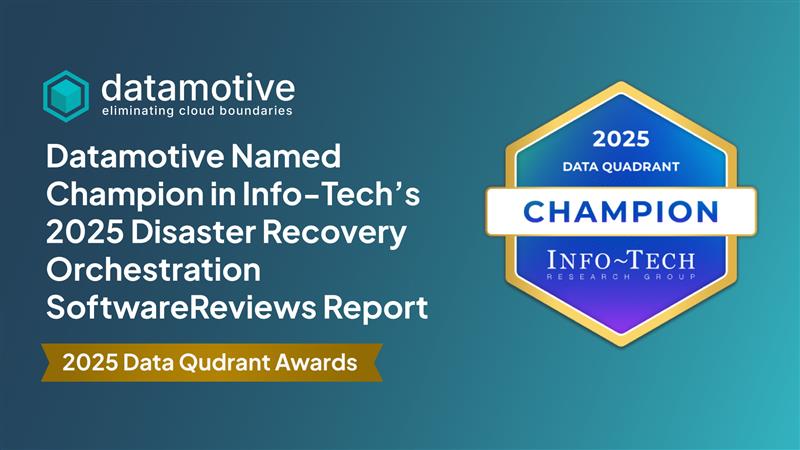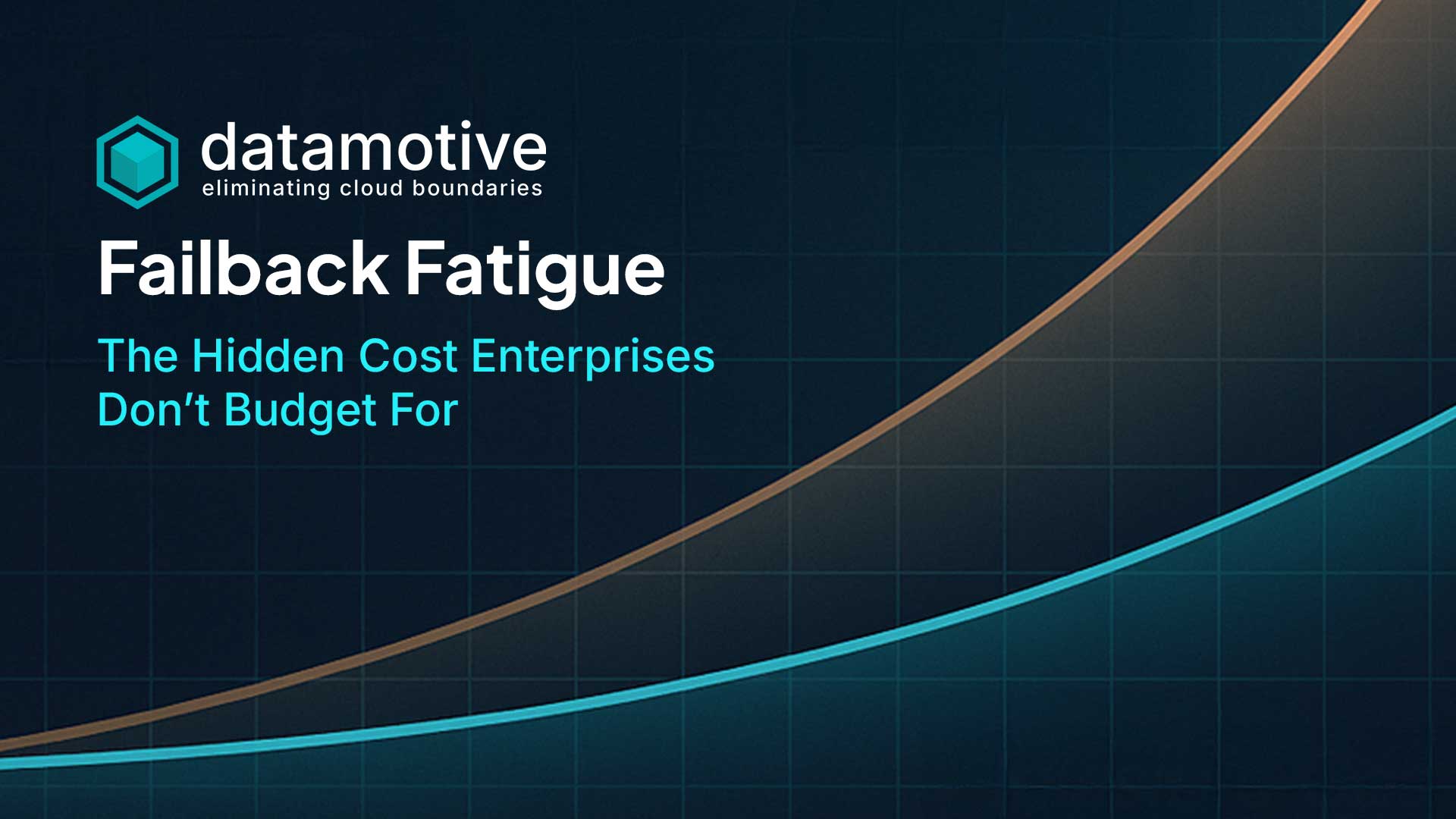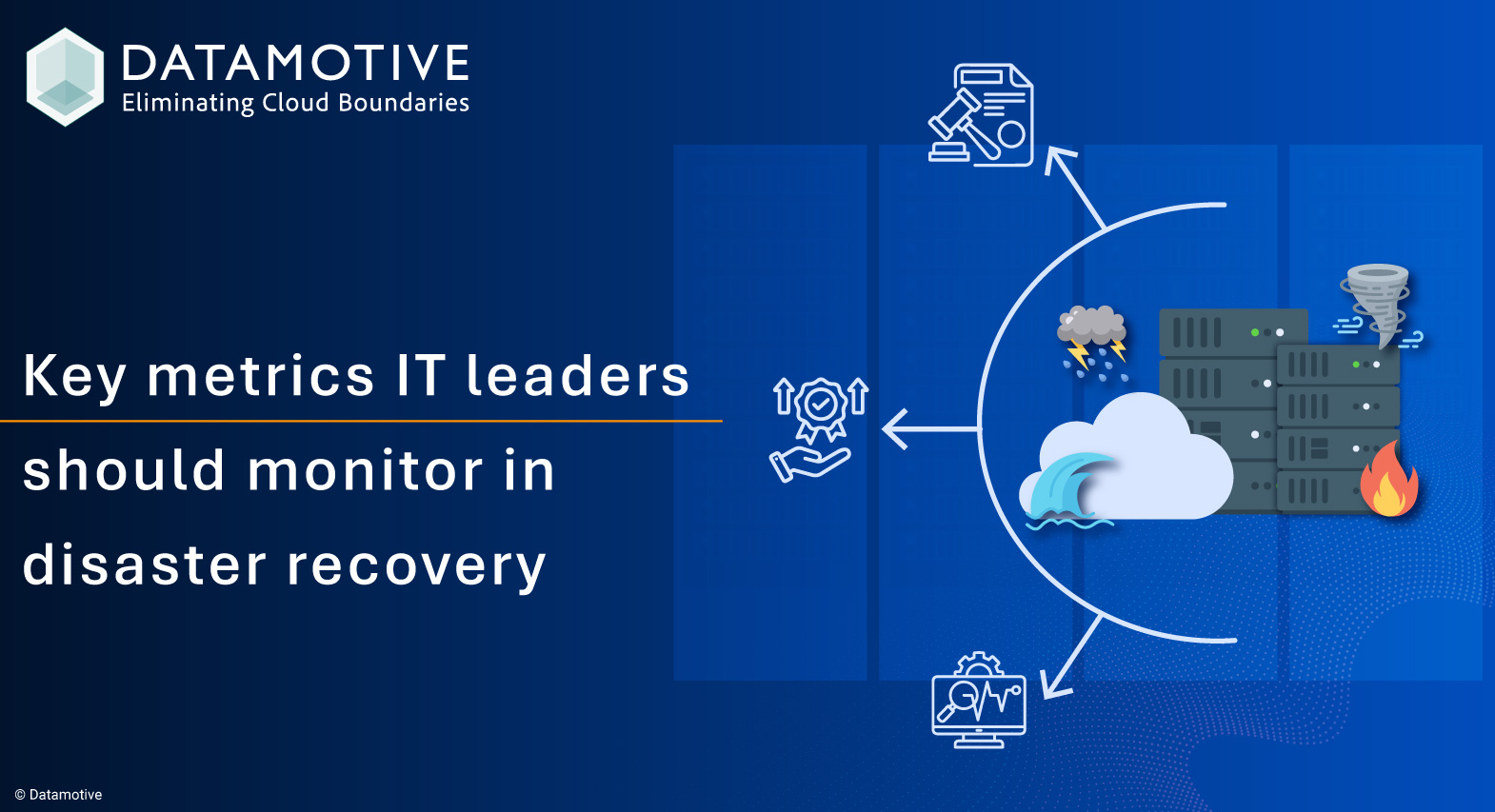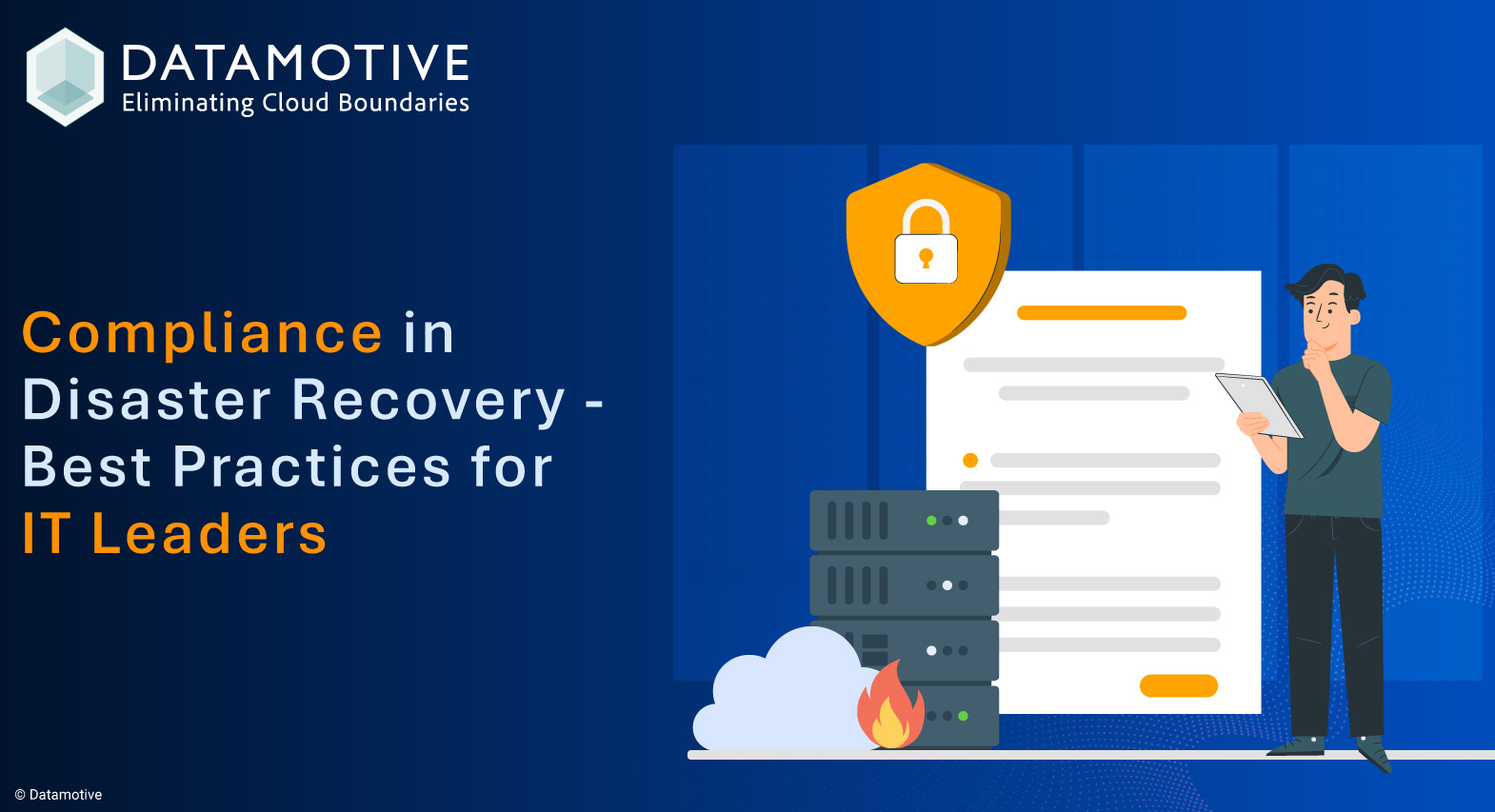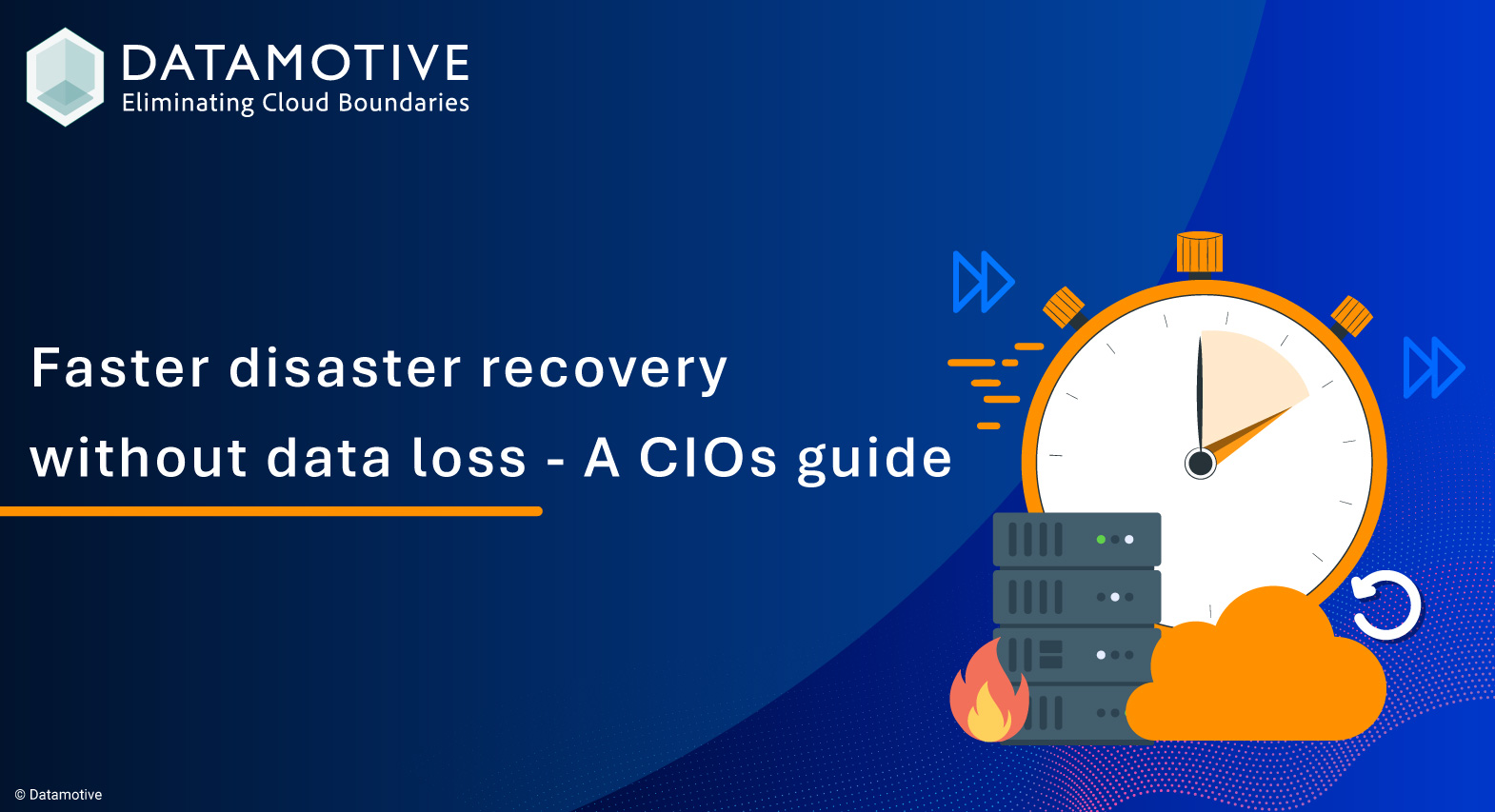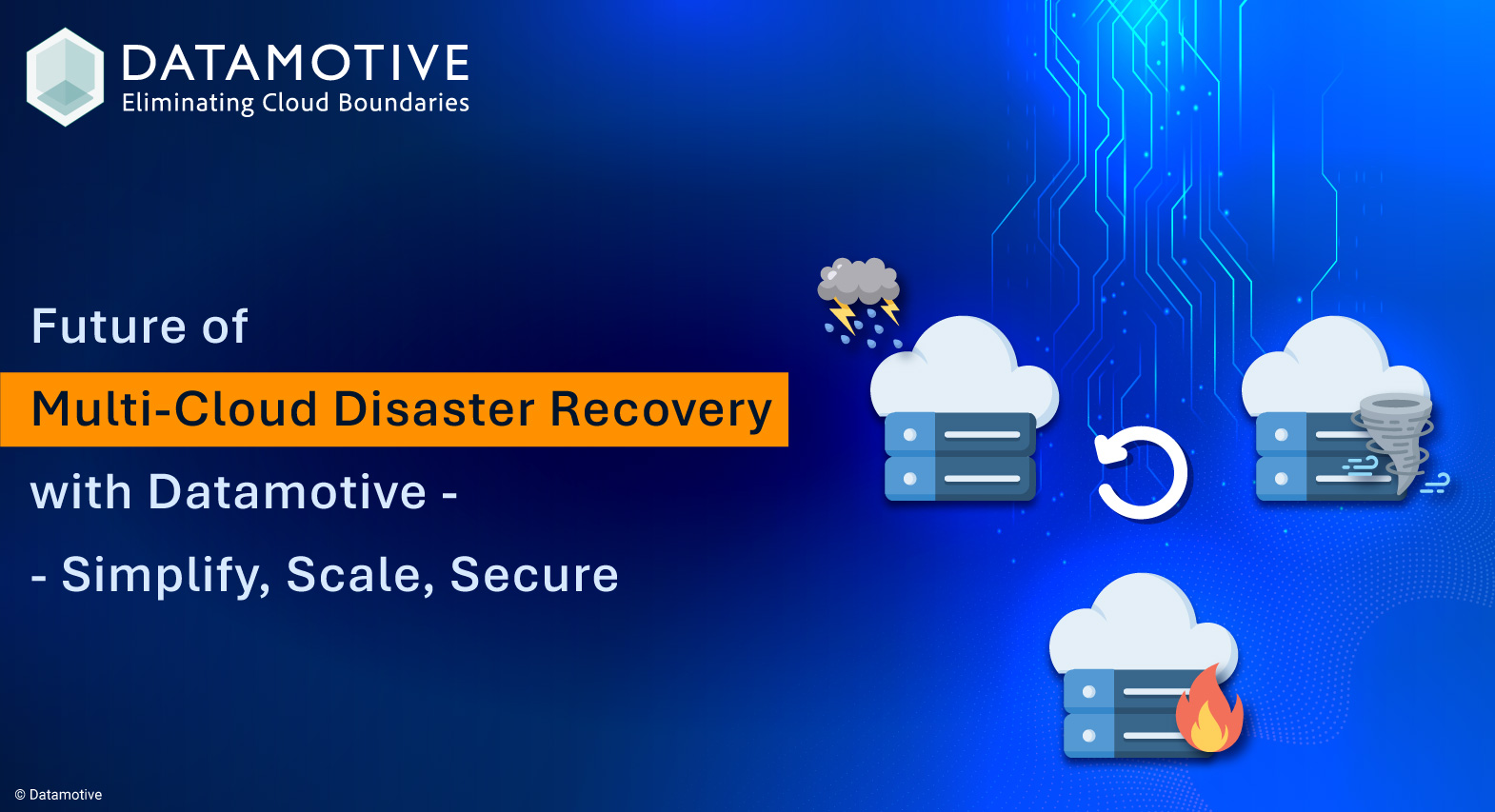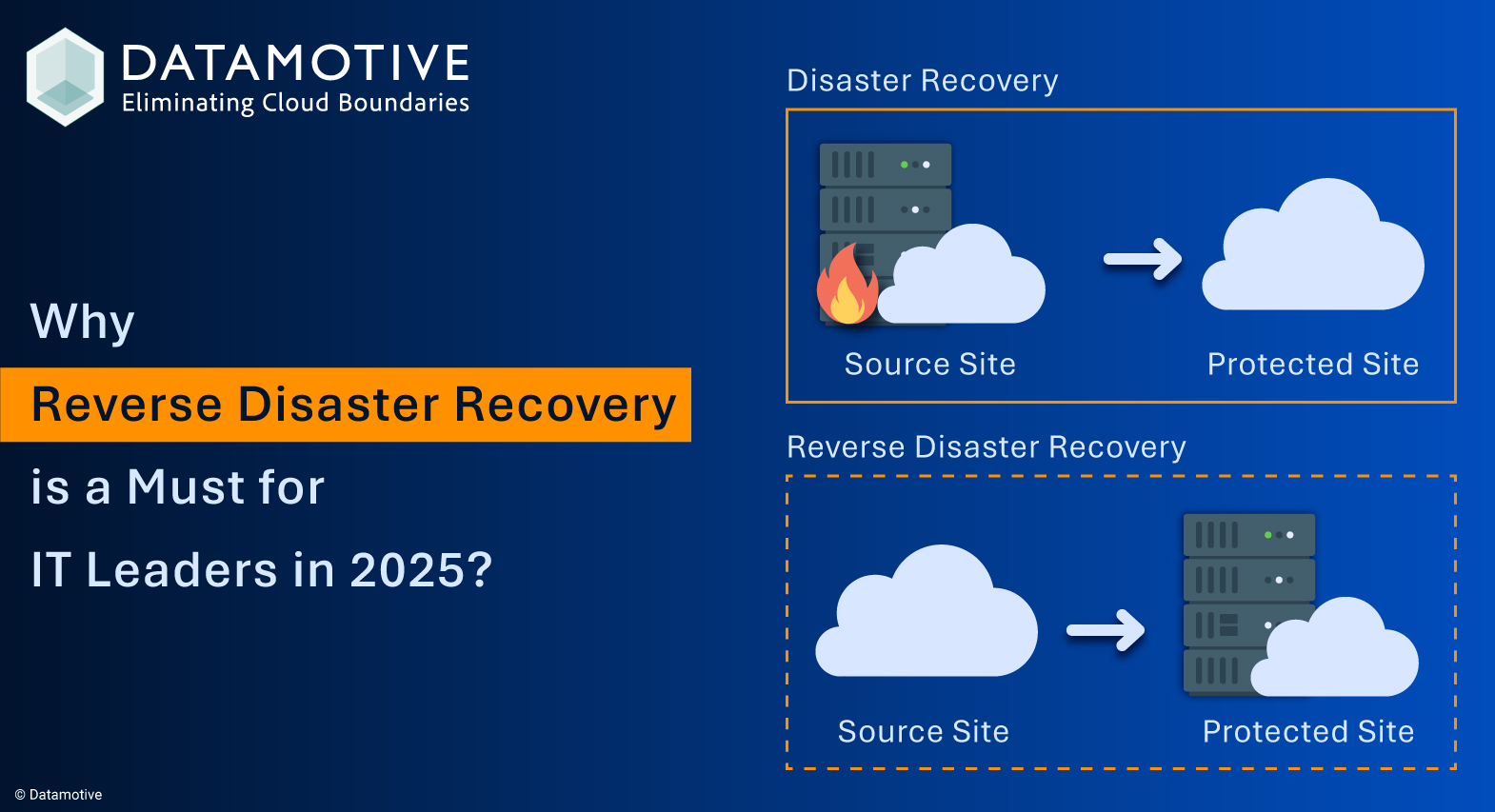Datamotive Named Champion in Info-Tech’s 2025 Disaster Recovery Orchestration SoftwareReviews Report
Datamotive has been recognized as a Champion in Info-Tech Research Group’s 2025 Disaster Recovery Orchestration SoftwareReviews Report. The rating is based on strong user feedback and top performance in areas like Ease of Implementation, Vendor Support, and Product Strategy. This recognition highlights Datamotive’s leadership in delivering predictable, automated, and cost-efficient disaster recovery across hybrid and multi-cloud environments. With a unified, agentless platform offering a guaranteed 10-minute SLA for failover and failback, Datamotive continues to help enterprises shift from backup-first to continuity-first strategies. The achievement follows a year of major product advancements in automation, recovery validation, and multi-cloud orchestration.
